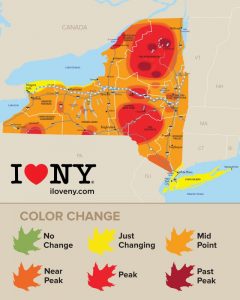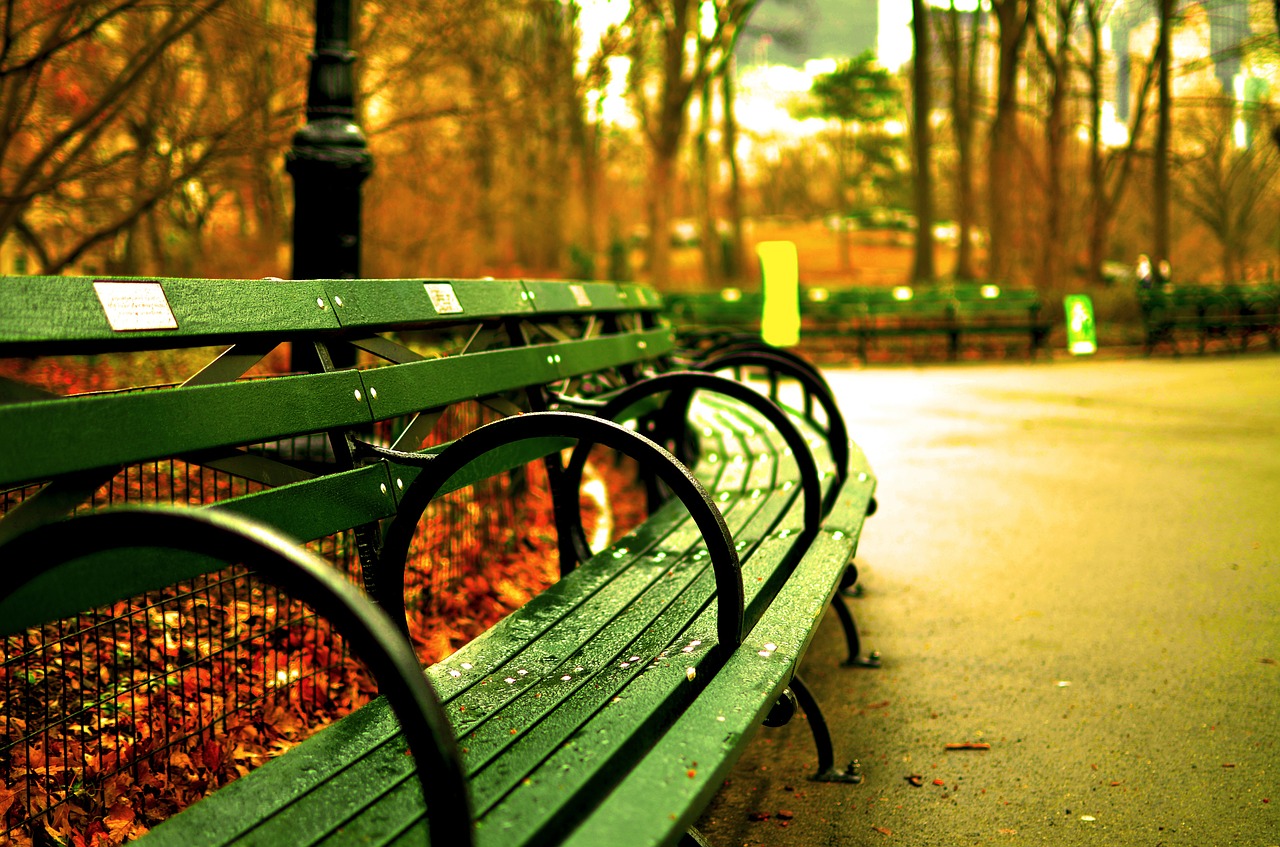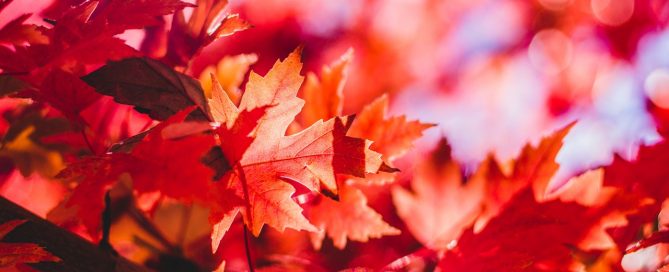When It’s Time to Cover Pools in Fall, It’s Time to Cover Ponds, Too
Although pool covers will be on for the duration (fall through early summer), the good news is your pond ‘netting’ cover will only be there until autumn’s leaves have fallen.
This is because your pool needs to protect pipes and other pool equipment. But your pond can be enjoyed even during frigid snows. (More on that in upcoming blogs.)
One thing does apply to both these water features, however. Falling leaves and twigs etc. can do harm.
In the case of the pond, too much debris collecting at the bottom will leave sludge on its floor. Over time, the build up can become so thick it can affect the pond’s depth and alter the water quality.
The antidote?
Simple pond netting, put up in advance of peak autumn foliage, will capture the leaves and other debris.
“Of course it’s best to put up the netting before the leaves drop,” says Deck and Patio’s Dave Stockwell. “However, if some leaves have already fallen in, a long-handle pond net can be used to scoop out the debris before covering it with the net.”
Dave adds that if you’ve had some buildup, there are natural pond cleaners that will break down accumulation from previous years.

Fall Backyard Maintenance:
Along with covering your swimming pool at the end of summer, it is helpful in due course to put up pond netting to collect foliage debris; nets also offer an extra layer of safety for your pond fish by protecting them from birds and other animals.

Installing Pond Netting:
Aquascape’s Dave Kelly suggests tenting the net so it won’t sag into the pond when its full of leaves. Photo: Aquascape Inc.

Pond Netting:
Pond nets can keep out even the smallest pieces of debris such as falling leaves and pine needles. We recommend netting from Aquascape Inc. (St. Charles, IL) which includes hold-down staples to secure it.

Backyard Water Features in Fall (Long Island/NY):
Watching leaves moving along a backyard stream is as peaceful an activity as you can find. If there’s only one or two — just sit back and enjoy the scene! But don’t let too many leaves collect in your backyard water features. Photo: Aquascape Inc.


























































